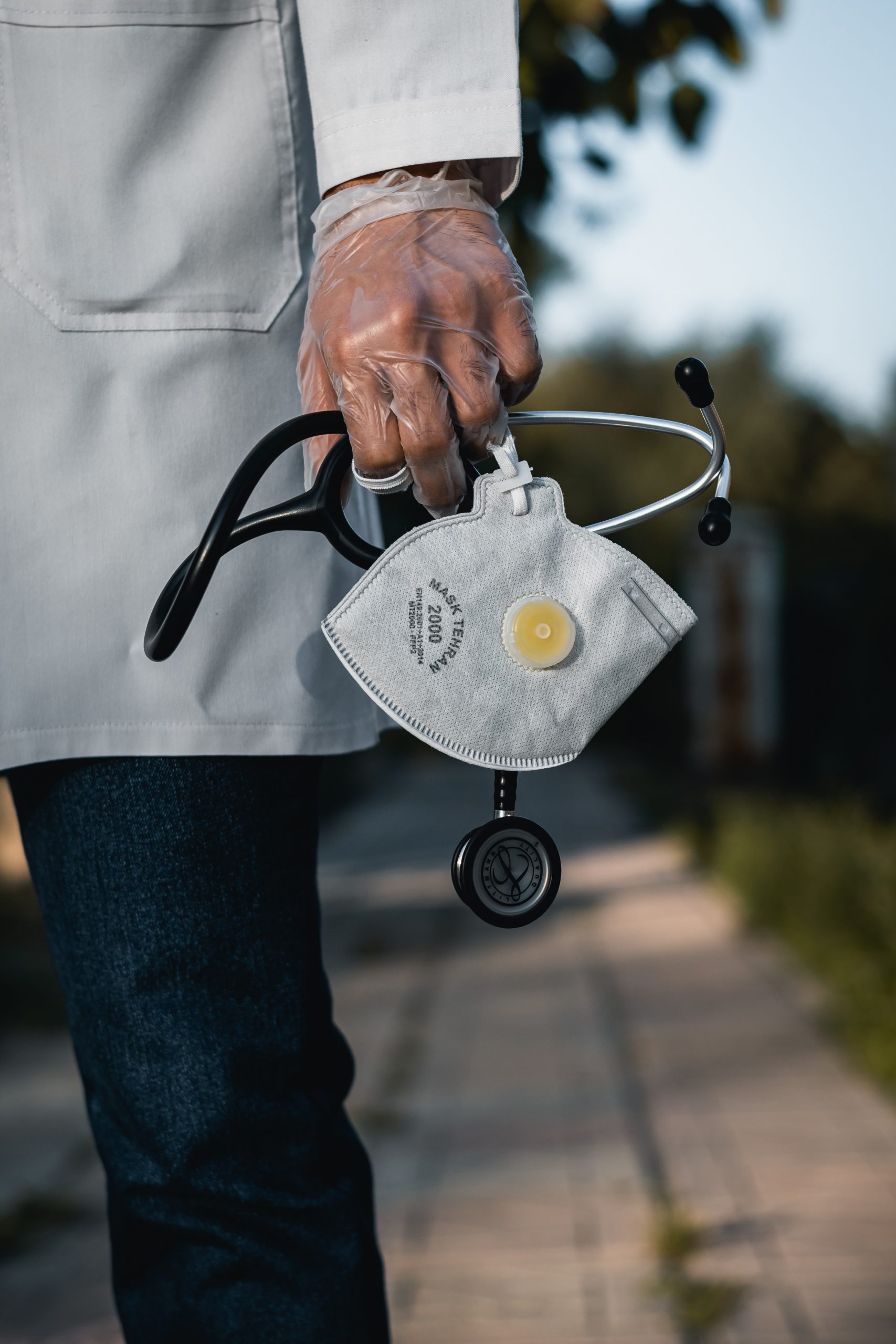Covid19 and Mental Health
It’s a well recognized fact that major, wide spread disasters often bring about unintended consequences. The Covid 19 worldwide pandemic has been such an event, causing unintended consequences for the provision of mental health services. While these consequences have been “unintended” they are not necessarily bad.

Prior to the Covid19 pandemic, video conferencing was just taking on deep roots in the business world. Platforms like Skype, Zoom, and Lifesize Cloud, were valued for their different capabilities, but especially because the provided good security protocols against cyber criminals along with financial costs savings.
Some medical health care systems that served rural parts of America, where doctors were in short supply had also begun using video conferencing to provide expanded services to both patients and doctors living in remote and thereby often under served areas.
One such use of video conferencing is Project ECHO, https://echo.unm.edu/, which is generally University based, was already providing telehealth services to individuals, and consultation from medical specialists to rural doctors who were connected via the internet.
Outside of business and medical applications of video conferencing, there was simultaneously, a growing number of popular social media platforms that had become available on line. The more popular ones being Messenger, JOI, DUO, WhatsApp, Hangouts, Marco Polo, Face Time, Houseparty, Instagram, and Discord were quickly replacing texting and phone calls. But while these technologies and platforms were already in place prior to Covid19, their use was aimed mostly at general social sharing and entertainment.
Covid19 changed all of that at warp speed. The newly invoked public health protocols called for social distancing and shelter in place rules which meant that individual mobility and interpersonal contact was restrained in an effort to limit contagion of Covid19.
Personal protective equipment items such as disposable gloves and masks were being used for the times that individuals had to venture outside of their homes, causing further restraint. Workers and the business services they were part of were divided into essential and non-essential categories.
Any venue where a large gathering was possible was closed or severely limited in numbers. This included work sites, churches, schools, etc.
This sudden change in mobility and physical contact then created it’s own set of problems. Prior to the pandemic, Mental Health Service providers, had begun utilizing video technology to maximize mental health resources and save time, had to a limited degree, already been in place, but were used mainly as an option to the preferred face to face contacts. The reason? Insurance reimbursements. Most of the insurance payers would not reimburse for video therapeutic services. When individual therapists and mental health agencies attempted to limit their staffs exposure to Covid19, the use of video conferencing for staff working from home grew as fast as the virus!
Most clients had access to smart phones, which were capable of video conferencing and many consumers were already familiar with video communication thru their own personal use of social media. But this increased utilization of video conferencing was only the beginning for changes in Mental Health Services.
Covid19 introduced multiple mental and physical stressors across the board. There was no physical or emotional escape into a place of safety.
This was compounded by he lack of any available specific vaccinations against Covid19, the long incubation period, the high level of contagion during the incubation period and the lethal outcomes for certain populations, the governmental mandated social distancing, the inability to be with loved living outside the home or with family who were stricken by the disease, the over-burdened health care system that struggled to keep up with known cases while keeping staff safe, and the fear that a lack of testing, meant that the pandemic could be anywhere and could be much more widespread than was known.
All of these issues, overwhelmed the normal physical and emotional coping mechanisms in much of the population.
Long term, forced isolation began to manifest itself in symptoms of depression, anxiety, PTSD, and increased substance abuse. Hospitals and emergency rooms that were now focused on providing medical interventions to the virus patients, had to limit or re-prioritize mental health services.
But a silver lining from the pandemic unexpectedly emerged for both medical providers and mental health providers. The silver lining came in the form of redefining social and legal priorities and specifically by waiving traditional Federal, State, and local regulations that slowed down the ability to provide direct medical and psychiatric services quickly and across jurisdictions.
Legal restrictions for professionals who were now being asked to provide help outside of the State where they held licensed to practice had to be relaxed and waived. The insurance companies began to authorize increases in the number and types of services that they would pay for. This was especially true for mental health service providers.
Previously, it was very difficult to get reimbursed for providing tele-behavioral health to individuals. The mental health system was historically geared to paying for services provided in “brick and mortar” offices and clinics, which had now shut down in order to limit physical contact between staff and clients.
The traditional paradigms of service provision were forced to shift and the shift was made available by the reliability of the internet and dependable software platforms that could temporarily substitute for the brick and mortar service model.
Schools and Churches quickly followed suit. The new reality was virtually, “virtual” reality.
Now to be clear, “virtual” is not a substitute for being with another individual in person either for social contact or professional contact. It is merely a means of providing services, when the in person contact is impractical or potentially dangerous. “Virtual” encounters, do require the investment in the ownership or at least some electronic hardware to access to video technology.
However the financial investment is offset from the realized savings from the initial outlay. A mental health agency lowers costs for staff travel, hotels, and food, reduced staff stress and reduced sick leave while also increasing productivity related to time efficiencies.
Then there is the time saving factor for consumers and the overall convenience to them with access to tele-behavioral health. In addition, there are generally lower fees for services due to the fact that the overhead that therapists and agencies endure from of utilities, taxes and mortgage costs that comes with “brick and mortar” can be greatly reduced and thereby passing on those savings to their clients. Another positive for mental health consumers is the ability to seek mental health services without the fear of being seen in a clinic or a therapists office by people they know.
It will now be “virtually” impossible for major segments of the society who were able to utilize this technology, be they health care providers, schools, mental health practitioners to not insist that these emergency models become institutionalized after the pandemic has gone. The mass use of these technologies is out of the bag, and if used in the right mix between in person contact and virtual contact, it promises to change how mental health services, education, health care, faith services, and perhaps most importantly, family interactions will work.
The horse is out of the barn and the bridle is removed. It’s now time to learn some new riding skills!
Also view the YouTube Video below on Mental Health in





Write a Comment